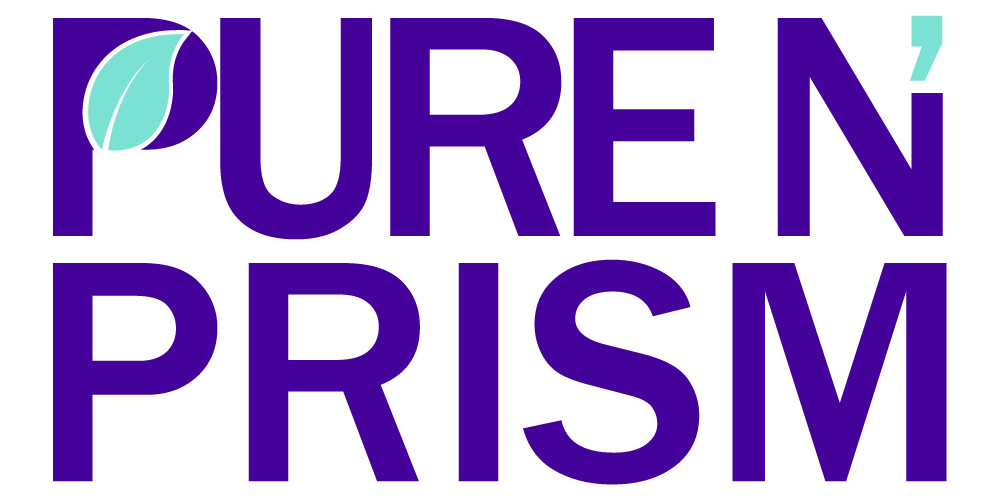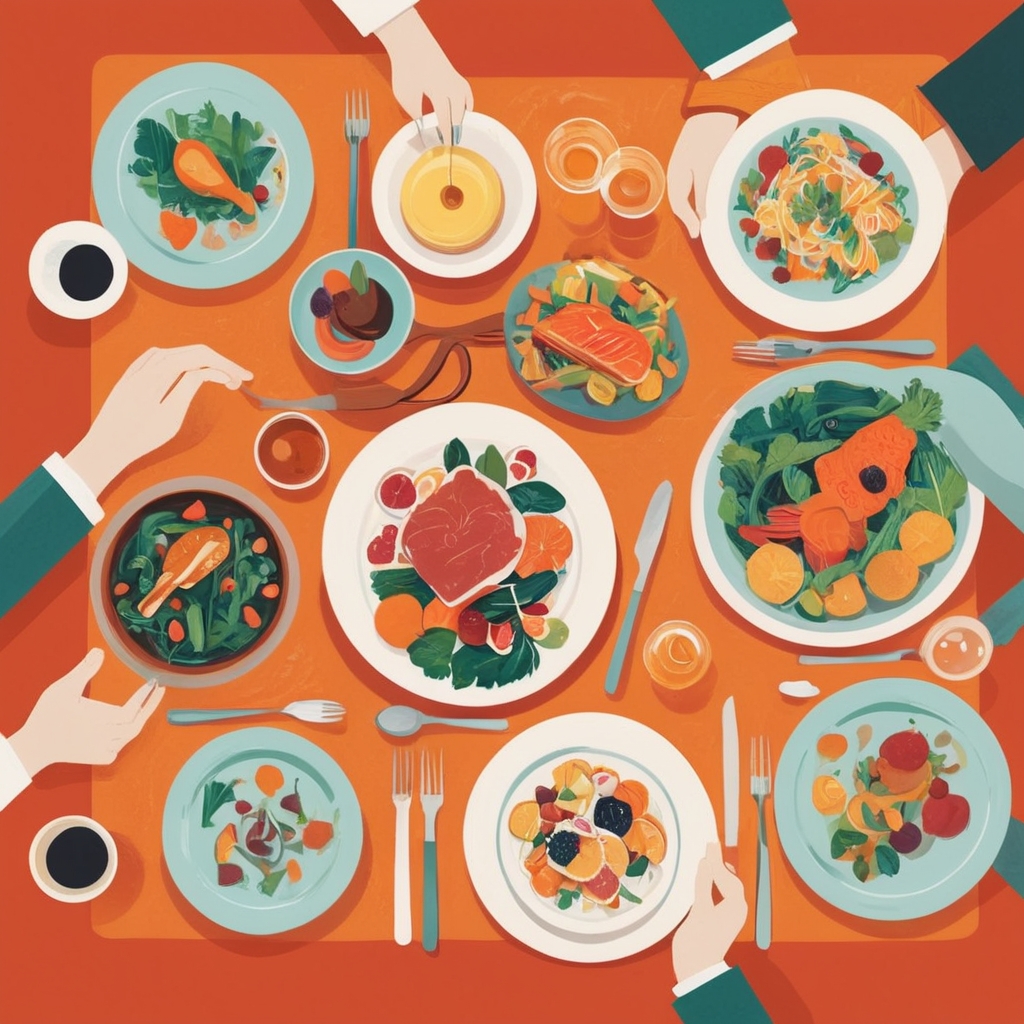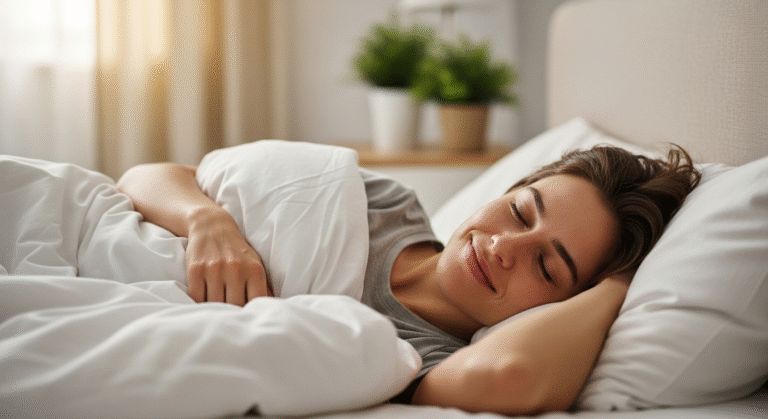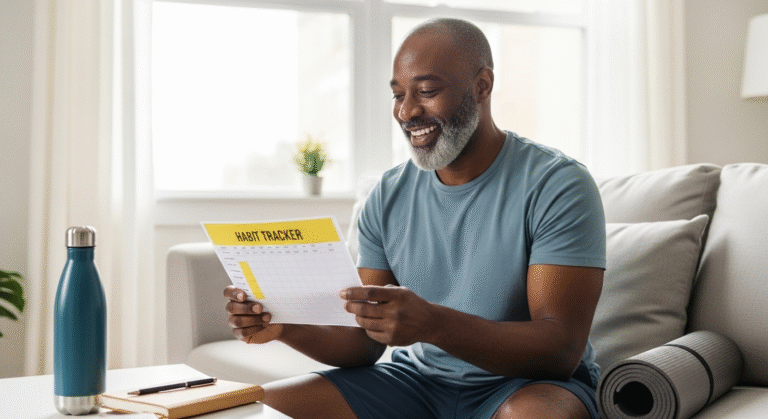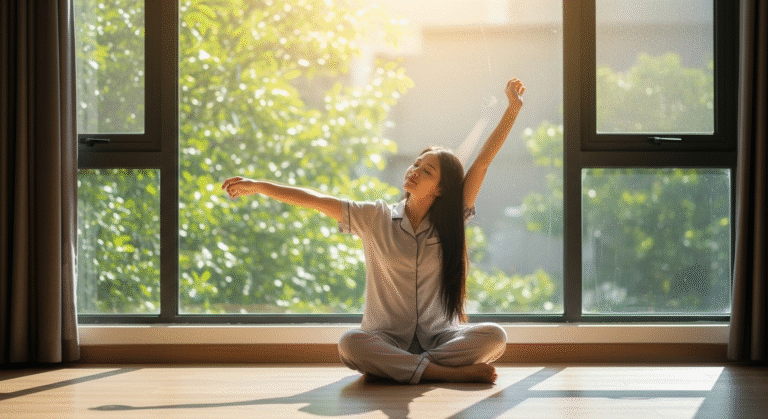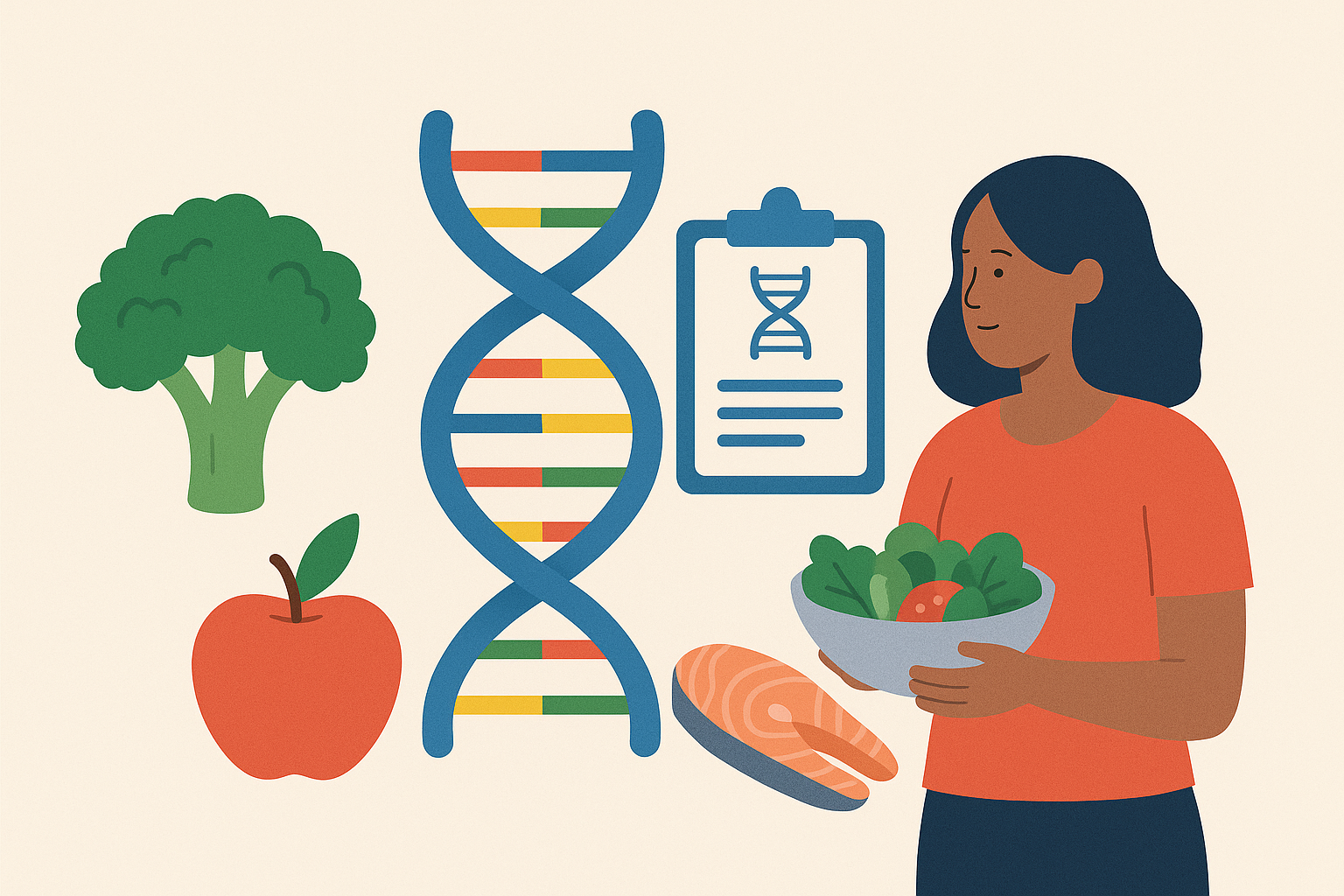Last week, I found myself sitting around my dining table surrounded by friends, the remnants of a homemade pasta dinner scattered between us, wine glasses half-empty, and laughter filling every corner of the room. As we lingered there—phones untouched for hours—I realized something profound was happening. This wasn’t just dinner; it was therapy.
In our hyper-connected yet paradoxically isolated modern world, dinner parties are making a surprising comeback. And not just as social events, but as genuine mental health boosters. Let me share why this resurgence matters and how you can join this deliciously simple wellness revolution.
The Mental Health Crisis Behind Closed Doors
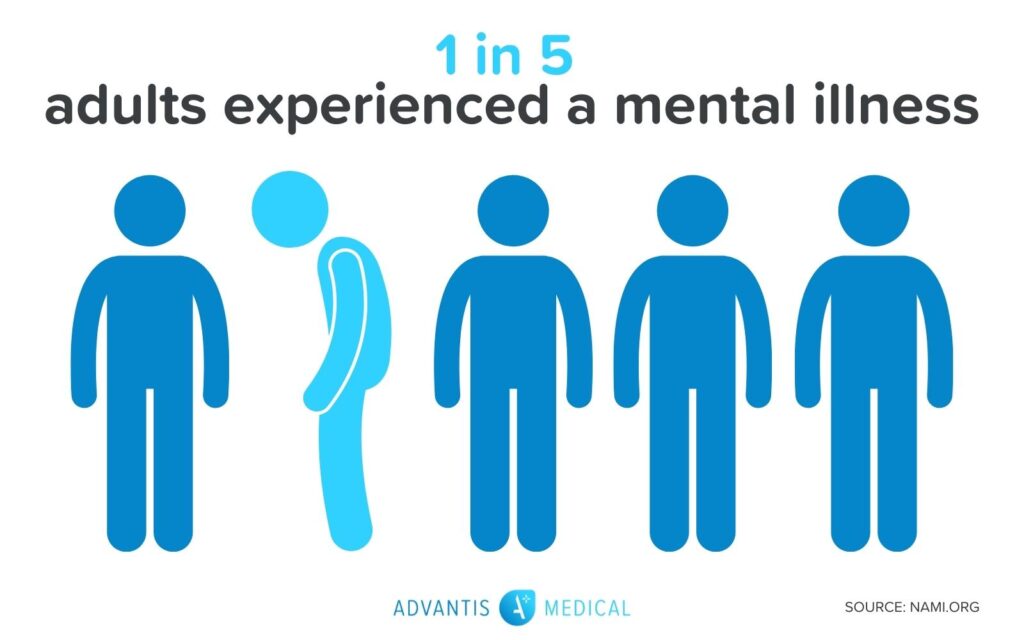
I don’t need to tell you that we’re facing a mental health epidemic. Despite endless self-care products and wellness apps, rates of anxiety and depression continue climbing. According to recent research, nearly 1 in 5 adults experience mental illness each year, with loneliness emerging as a leading risk factor.
What’s fascinating is that while we’ve been searching for complex solutions, one of the most powerful mental health tools has been sitting at our kitchen tables all along.
Why Breaking Bread Together Heals the Mind
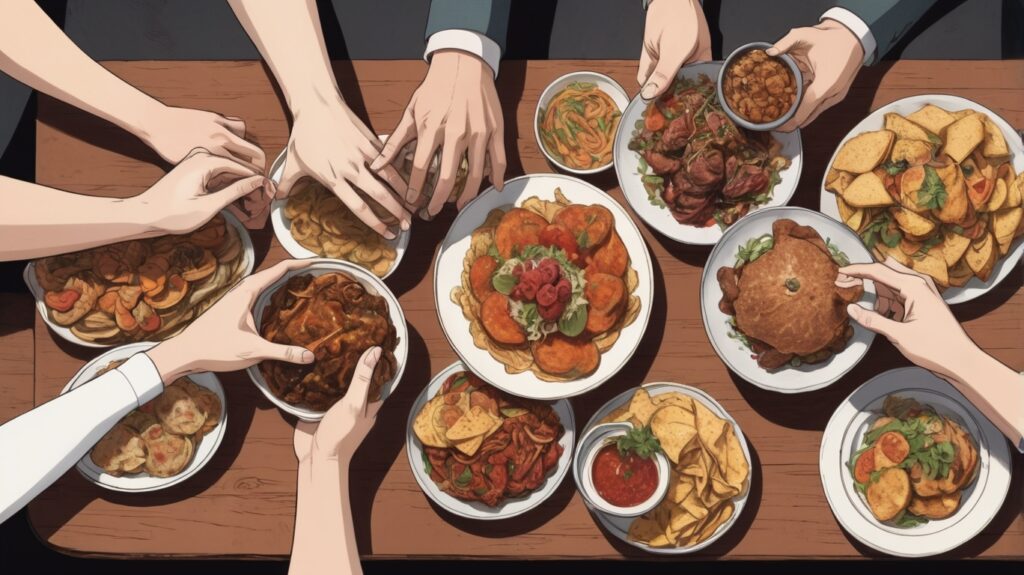
There’s actual science behind why dinner parties make us feel so good. When we share meals with others, our brains release oxytocin—often called the “bonding hormone”—which reduces stress and creates feelings of connection. But it goes deeper than just brain chemistry.
Dinner parties offer several unique mental health benefits:
1. Real-world connection in a digital age
Last month, I deliberately invited friends who didn’t know each other well for a potluck dinner. By dessert, they were exchanging numbers and planning a hiking trip together. This is what screens can’t give us—authentic, multi-dimensional human connection.
Research shows that in-person social interactions stimulate different neural pathways than digital communications. Your brain literally lights up differently when sharing a laugh across the table versus sending an emoji in a text.
2. Mindful eating and sensory grounding
When you’re engaged in conversation at a dinner party, you naturally slow down and pay attention to your food. This inadvertent mindful eating helps combat anxiety by anchoring you in the present moment.
I’ve found that setting a beautiful table enhances this effect. My Amazon Basics 12-Piece Stoneware Dinnerware Set in that gorgeous sage green has transformed my dinner gatherings. The earthy colors have this calming effect that guests always comment on, and the weight of the plates feels grounding—a perfect complement to mindful eating practices.
3. Creative expression and accomplishment
Preparing food for others is a tangible act of creativity and care. Whether you’re following a recipe or improvising, cooking stimulates problem-solving parts of your brain while offering the satisfaction of creating something with your hands.
For newer hosts feeling intimidated, start small. I was terrified of hosting until I embraced simple, forgiving recipes. A one-pot meal like a hearty stew or pasta dish removes the pressure of timing multiple dishes perfectly.
The New Dinner Party: Breaking the Old Rules
Today’s mental health-focused dinner parties aren’t your grandmother’s formal affairs with strict etiquette and matching china. They’re relaxed, inclusive gatherings centered on connection rather than perfection.
Potluck: The pressure-free dinner party
The modern potluck has become my go-to hosting style. Everyone brings something, which means:
- Less stress for the host
- Dietary restrictions are easier to accommodate
- Conversation starters built in (“How did you make this amazing dip?”)
- Lower financial burden for everyone
Tech-free table zones
One rule I’ve adopted that transforms my dinner parties: phones go in a basket by the door. The first few minutes can be awkward as people experience digital withdrawal, but by the main course, the quality of conversation is noticeably deeper.
If you’re worried about “enforcing” a no-phone policy, I’ve found this Bamboo Charging Station works wonderfully. It keeps everyone’s phones charged while they’re away from them—offering a practical reason for the separation.
Setting the Mood for Mental Wellbeing
The atmosphere of your dinner party significantly impacts its mental health benefits. Creating a space that promotes relaxation and openness doesn’t require interior design skills—just attention to a few key elements.
Lighting matters
Harsh overhead lighting can trigger stress responses and inhibit conversation. I’ve transformed my dining space with simple Dimmable Warm White String Lights. The soft glow instantly creates a calming atmosphere where people feel safe to open up.
Natural anxiety relievers
Before guests arrive, I’ve started diffusing calming essential oils. My go-to blend is Pure Mind Clarity Essential Oil which combines lavender, bergamot, and frankincense. The subtle scent creates a relaxing environment without overwhelming the food aromas.
Several friends have commented on how uniquely calm they feel at my gatherings, not realizing this aromatic secret is working its magic in the background.
Food That Fosters Connection
While any shared meal offers mental health benefits, certain foods actually enhance the effect.
Brain-boosting conversation starters
I’ve started incorporating foods rich in omega-3s and antioxidants—like a simple salmon dish or a colorful berry dessert—which research suggests may improve mood and cognitive function. These make perfect dinner party fare because they’re:
- Visually appealing
- Relatively simple to prepare
- Scientifically backed for brain health
The kombucha cocktail hour
One dinner party trend gaining momentum is replacing traditional alcohol with fermented alternatives. I recently served Gut Health Kombucha mixed with fresh fruit as pre-dinner drinks, and it was a hit. The probiotics support gut health (which is increasingly linked to mental wellbeing), and guests still get that special “drinking something festive” feeling without alcohol’s depressive effects.
Hosting for Introverts: The Mental Health Paradox
Here’s a confession: I’m actually an introvert. For years, this made me avoid hosting, despite loving the dinner parties I attended. If you’re in the same boat, I’ve discovered some game-changing approaches.
The 3-3-3 method
I now use what I call the 3-3-3 method:
- Invite just 3 guests (small groups create deeper connection)
- Plan for 3 hours maximum (having an end time reduces anxiety)
- Include 3 conversation prompts (prepared in advance for lull moments)
This structure provides enough framework to ease social anxiety while allowing genuine connection to flourish.
Recovery rituals
For fellow introverts, I’ve found it essential to plan recovery time after hosting. My post-dinner party ritual includes Pure Sleep Herbal Tea and 30 minutes with a good book. This helps process the social stimulation and prevents the “social hangover” that can otherwise occur.
Starting Your Own Dinner Party Practice
If you’re convinced about the mental health benefits but unsure where to begin, here’s a simple roadmap:
- Start small – Invite 2-4 people for your first gathering
- Embrace imperfection – Remember, connection is the goal, not culinary excellence
- Create a comfort zone – Use items like soft throw blankets or cushions to make your space inviting
- Prepare one reliable dish – Master a single, simple recipe that works every time
- Set the intention – Briefly share with guests that the evening is about connection over perfection
My The Essential Hosting Notebook has been invaluable for tracking what works and what doesn’t from each gathering. I note successful recipes, conversation topics that sparked joy, and little touches that made guests feel special.
When Dinner Parties Aren’t Possible
While in-person gatherings offer the most powerful mental health benefits, they aren’t always feasible. Geographic distance, health concerns, or scheduling conflicts can make traditional dinner parties challenging.
In these cases, virtual dinner parties can still provide meaningful connection. The key is structure—send ingredients in advance so everyone cooks the same meal, eat together on video, and use conversation prompts just as you would in person.
The Ripple Effect: Beyond Your Own Table
What excites me most about this dinner party renaissance is its potential ripple effect. Each gathering creates connections that extend beyond your dining room, fostering community resilience that benefits collective mental health.
One of my dinner guests recently shared that our evening inspired her to reconnect with old friends over food. Her gathering led to another, which led to another—creating waves of connection in a time when we desperately need it.
Your Turn at the Table
As I finish writing this, I’m planning my next dinner party. Nothing fancy—just a simple risotto, a green salad, and friends around my table. The dishes might not all match, the timing might be off, but the laughter and connection will be perfect.
Mental health doesn’t always require therapy appointments or meditation apps (though those have their place). Sometimes, it looks like passing a bowl of pasta and listening to a friend’s story without checking your notifications.
Will you join this deliciously simple mental health revolution? Your mind—and your community—will thank you.
What dinner party tips have helped you foster connection? Share in the comments below!

